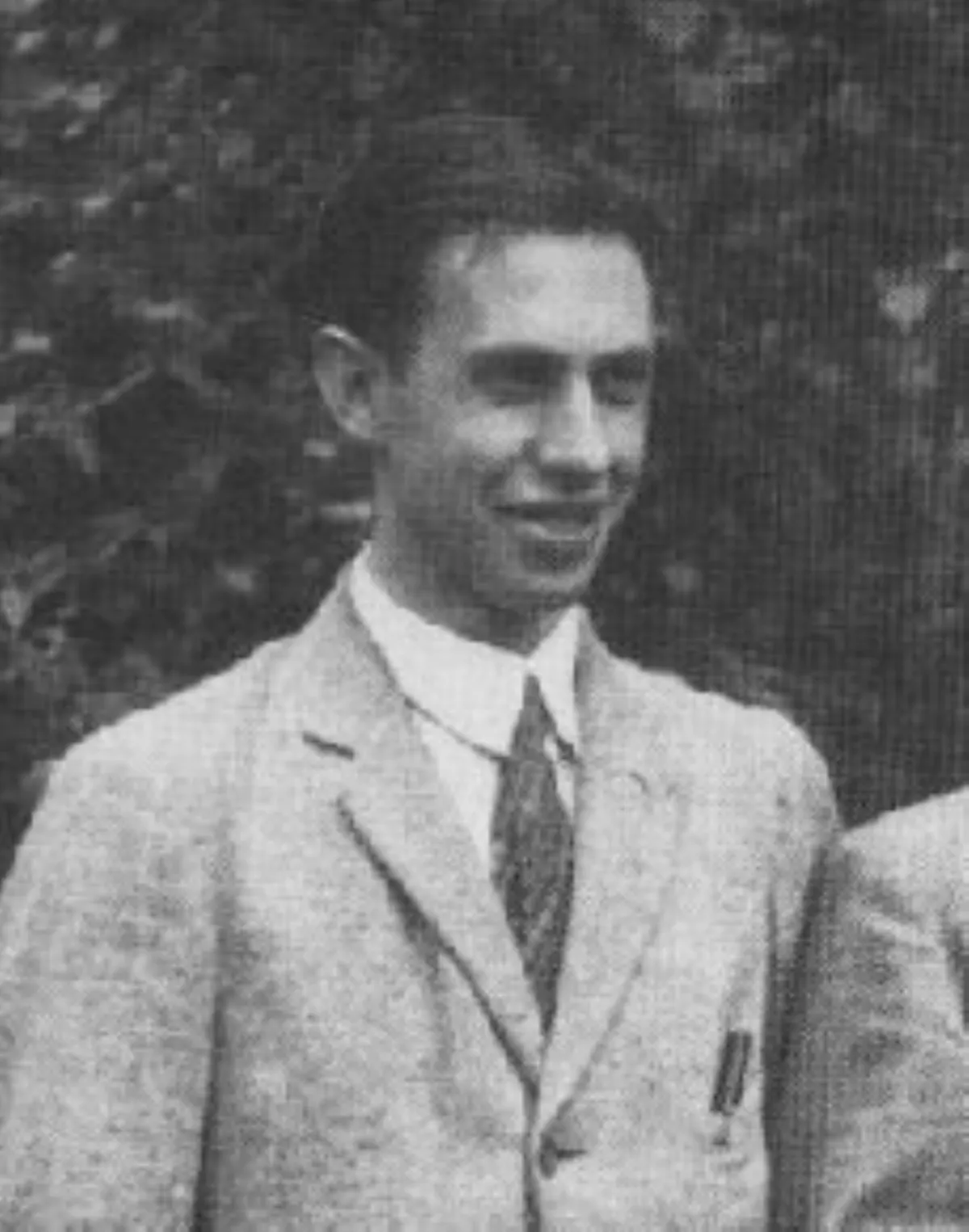 1.
1. George Eugene Uhlenbeck was a Dutch-American theoretical physicist, known for his significant contributions to quantum mechanics and statistical mechanics.

 1.
1. George Eugene Uhlenbeck was a Dutch-American theoretical physicist, known for his significant contributions to quantum mechanics and statistical mechanics.
George Uhlenbeck co-developed the concept of electron spin, alongside Samuel Goudsmit, in 1925.
George Uhlenbeck was the son of Eugenius and Anne Beeger Uhlenbeck.
George Uhlenbeck attended the Hogere Burgerschool in The Hague, from which he graduated in 1918.
George Uhlenbeck subsequently entered Delft University of Technology as a student in chemical engineering.
George Uhlenbeck was then admitted by Ehrenfest to the Wednesday evening physics colloquium in Leiden.
From 1922 to 1925 George Uhlenbeck was the tutor of the younger son of the Dutch ambassador in Rome.
In 1923, George Uhlenbeck received his master's degree from Leiden.
George Uhlenbeck returned to Leiden in 1925 to become Ehrenfest's assistant.
George Uhlenbeck married Else Ophorst in Arnhem, Netherlands in August 1927.
George Uhlenbeck received a doctorate from the Leiden University in the same year.
In 1927, George Uhlenbeck took a position as an instructor in physics at the University of Michigan in Ann Arbor, Michigan.
George Uhlenbeck stayed there until 1935, when he succeeded H A Kramers as a professor of theoretical physics in Utrecht.
In 1938, George Uhlenbeck spent half a year as visiting professor at Columbia University in New York City, and then he returned to Ann Arbor as a professor of theoretical physics during the next year.
George Uhlenbeck remained in Ann Arbor until 1960, when he joined the Rockefeller Institute for Medical Research in New York City as a professor and member of the institute.
George Uhlenbeck retired in 1971, but remained scientifically active until the early 1980s.
George Uhlenbeck died on October 31,1988, in Boulder, Colorado, at the age of 87.
George Uhlenbeck was elected to the United States National Academy of Sciences in 1955, the American Philosophical Society in 1957, and the American Academy of Arts and Sciences in 1964.
George Uhlenbeck was a friend of many of the great physicists and mathematicians of his era, including Enrico Fermi and Oskar Klein.
George Uhlenbeck wisely observed that what is often of lasting value is not the first original contribution to a problem, but rather the final clearly and critically written survey.
George Uhlenbeck's papers are all relatively short and stand out by their conciseness, precision, and clarity, finely honed to a deeper understanding of a basic problem in statistical physics.